Our economy relies on a steady supply of water. We face problems when water stocks are depleted faster than they can be replenished. Global freshwater demand is predicted to exceed supply by a staggering 40% by 2030.
Water is mismanaged when it is wasted, polluted, over-extracted, or inefficiently distributed. This can lead to the depletion of water sources and damages the environment. Some communities also do not have access to safe and clean water. Decades of mismanagement have pushed the global water cycle out of balance for the first time in human history.
We need a new, integrated approach to efficiently manage water across sectors, which maximises welfare without jeopardising ecosystems, helping us to become a #WaterWise EU.
How water is (mis)managed in Europe
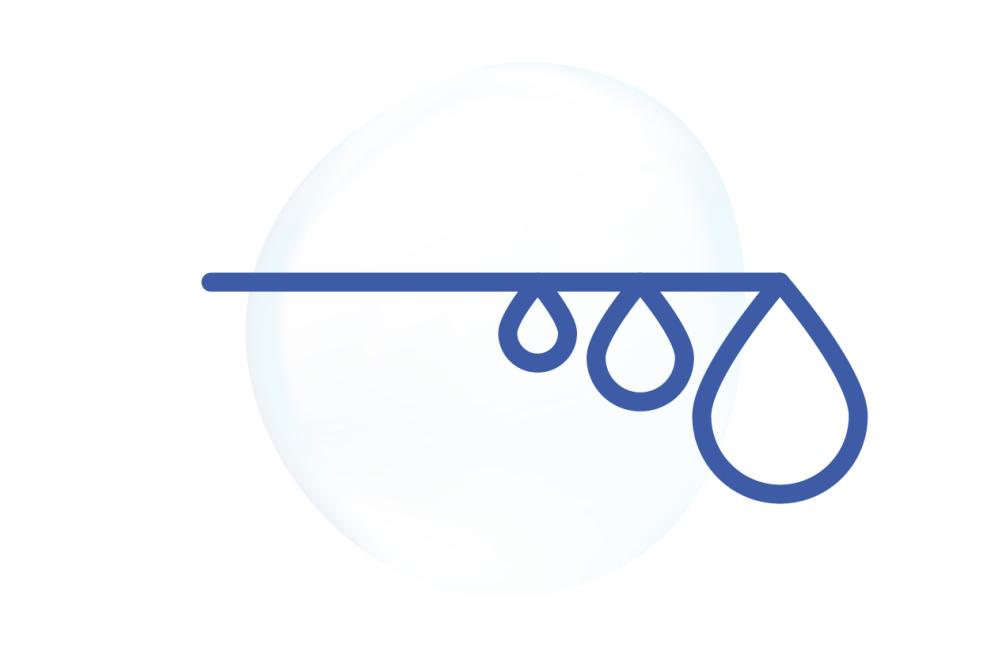
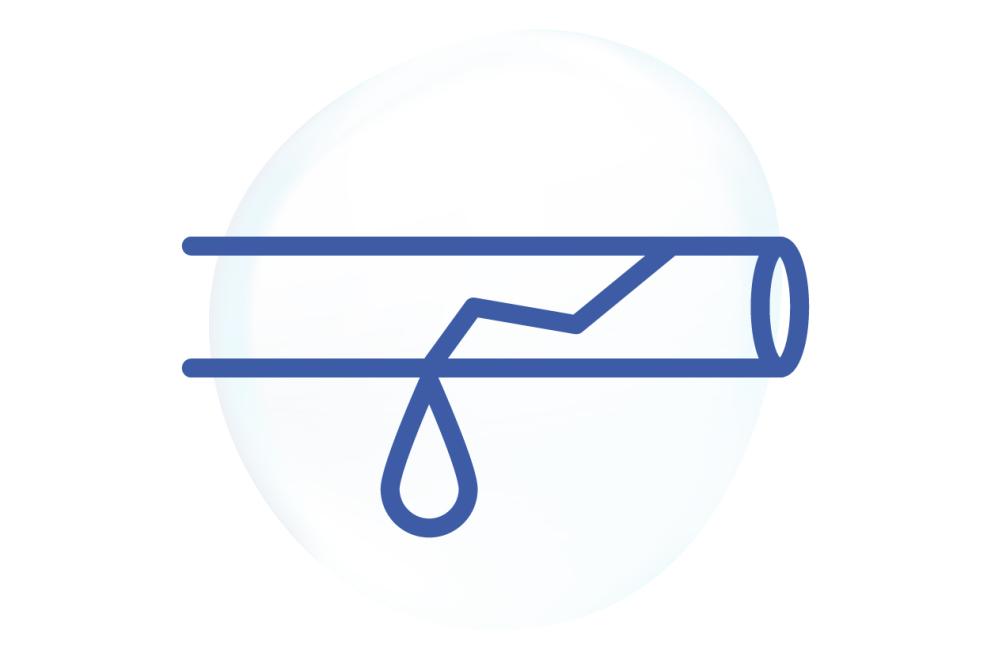

What's the solution?
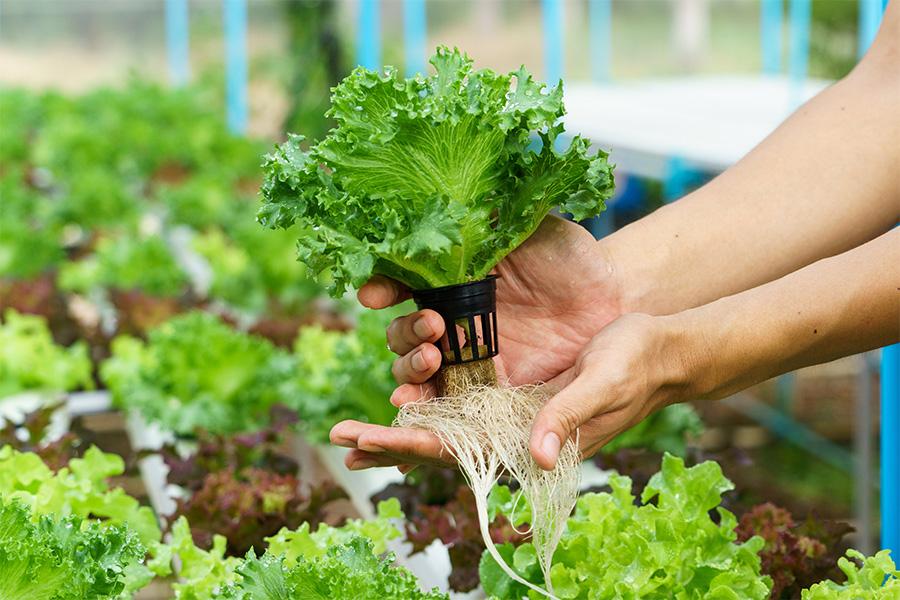
Agriculture and energy are the biggest users of water in the EU. And 25% of the world's freshwater is used to produce food that’s never eaten! Inefficient irrigation methods, such as flood irrigation or excessive use of water for crops, lead to water wastage and inefficient use. Healthy soils are champions in storing water. Improving our soil health is good for agriculture and helps to prevent or decrease flash floods as water infiltrates much better than in compacted soils.
What’s the solution?
- improving irrigation techniques through smart meters, re-using treated water
- using practices like crop rotation, selecting water-efficient crops, and enhancing soil health
- integrating agro-ecological methods such as agroforestry and permanent pastures
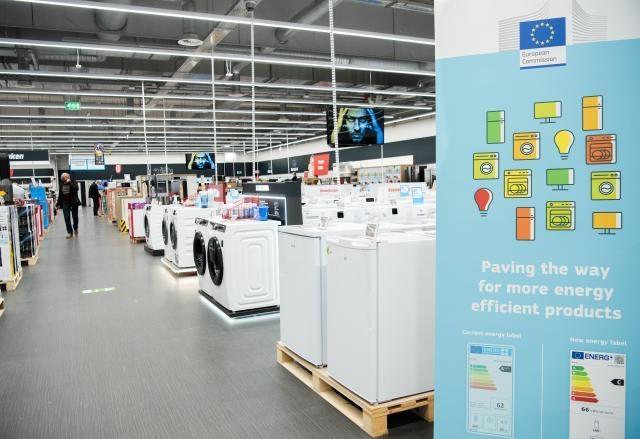
Our green and digital transition comes with a water bill. Water is used to produce electricity, bioenergy, hydrogen, fossil fuels and for cooling in nuclear and thermal power plants. Cooling power plants is responsible for 32% of water withdrawals in Europe. The transition to low-emission energy sources needs to reduce pressure on scarce water resources.
What’s the solution?
- moving away from water-intensive energy generation and focusing on alternatives like wind, solar, and geothermal power
- conserving energy to save water
- enhancing energy efficiency
- using advanced cooling technologies

Inadequate infrastructure for storing, treating and distributing water prevents effective water management. Leaky pipes, outdated treatment facilities, and insufficient reservoirs contribute to water loss and inefficiency. On average, 23% of treated water is lost during distribution in the EU.
What’s the solution?
- fix leaking infrastructure
- implement smart water metering
- integrate water efficiency
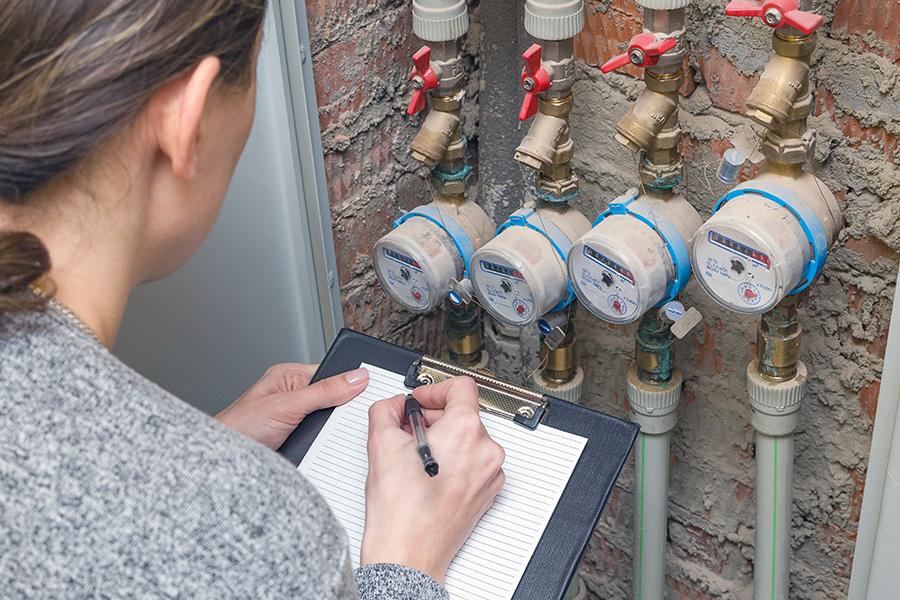
When water is not priced at its true value, it can lead to wasteful usage and hinder efforts to promote conservation and responsible water management. Under updated EU rules on treating urban wastewater, the Polluter Pays Principle with Extended Producer Responsibility (EPR) applies to producers of pharmaceuticals and cosmetics that pollute waters. This means they need to pay for their removal.
What’s the solution?
- an affordable price for water, without incentivizing excessive water use
- targeted support for those who need it
- phase out of subsidies leading to unsustainable uses of water
- integrate water efficiency
- systematic consideration of applying the polluters pays principle through extended producer responsibility
Did you know?

Competition for limited water resources can cause tensions and conflicts between countries and communities, especially as water scarcity worsens. This can lead to instability and forced migration, affecting socio-economic development. Managing shared water bodies together is important, as they often cross borders and require cooperation to avoid disputes.
Over 60% of European rivers are transboundary, flowing through more than one country. Just think of the Danube, Rhine, and the Oder, where waterways play vital roles in water management, and environmental cooperation among the countries they traverse.
See how cooperating across borders on the Danube became a catalyst for peace.
Discover the EU’s comprehensive laws on water, from clean drinking water to clean seas and rivers.
Managing water resources more efficiently and facilitating water reuse in the EU.
Placing good environmental practice at the heart of agriculture in the EU.
New EU rules on drinking including measures to reduce water leakages
Actions on the ground

Recycling water or fixing a leak in your house stops water being wasted and saves you money. There are plenty of other small changes that you can make in your life to reduce your water footprint. Check out and download the poster for the Best Tips for Protecting Water Resources, shared by our #WaterWiseEU partner, the Federal Ministry Republic of Austria.
Many national and local authorities, and EU-funded and local projects are taking action to address poor water management.
At a Hidria factory – one of Slovenia’s largest automotive corporations – LIFE HIDAQUA is recycling industrial wastewater.The main objective of LIFE HIDAQUA is to demonstrate a sustainable water management approach in high water-demanding industries such as the automotive industry by applying the zero-liquid-discharge and the zero-waste concepts.
The LIFE Plants for Plants project aimed to introduce new organic biostimulants into conventional agriculture. The goal was to prove that biostimulants can reduce irrigation and chemical use to boost crop production.
The LIFE Environment Award recognises innovative projects that contribute to the protection and restoration of the environment. At the ceremony, Mihhail Kõlvart, Mayor of Tallinn - European Green Capital 2023 - presented LIFE Plants for Plants as the winning LIFE project in the Environment category.
29.3 billion electronic devices are expected online by 2030, up from 18.4 billion in 2018. What does this increase in internet use mean for water consumption?
1. More people looking up ways to reduce their water consumption.
2. Devices will need to be supported by data centres all over the world which require cooling.
3. Nothing, they’re not related


